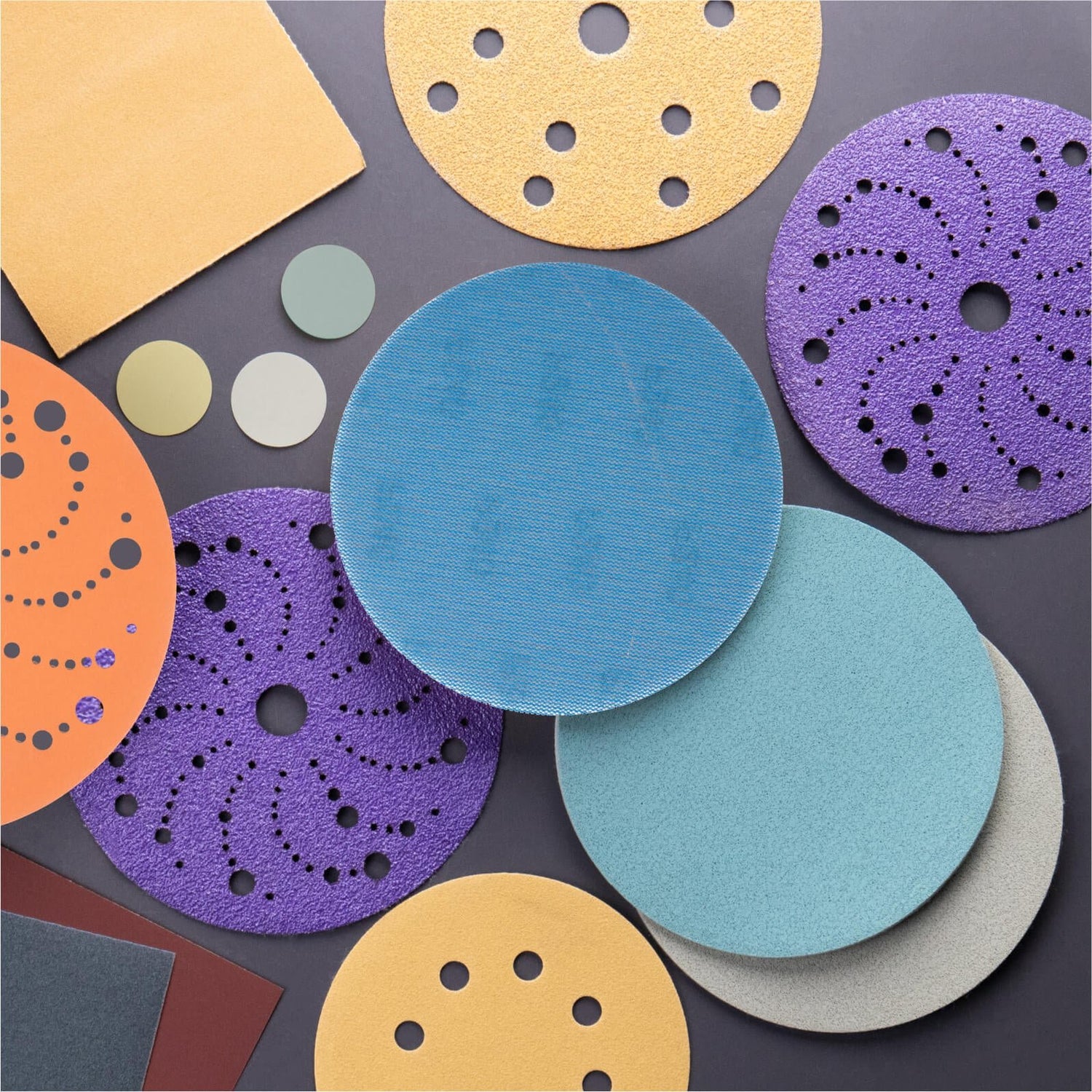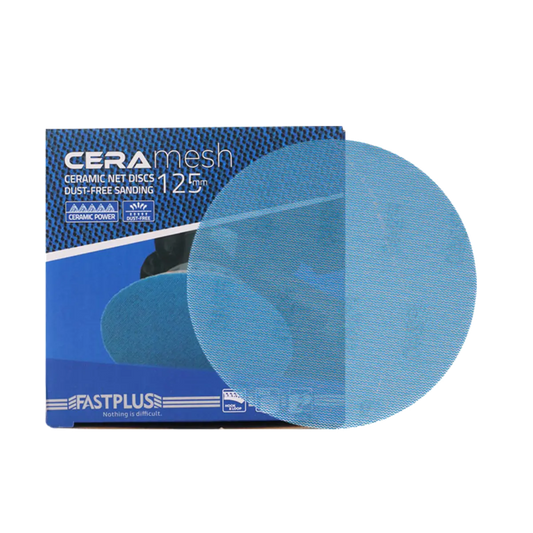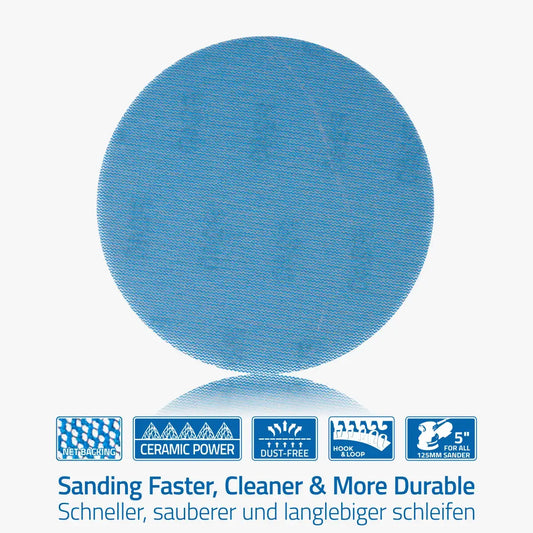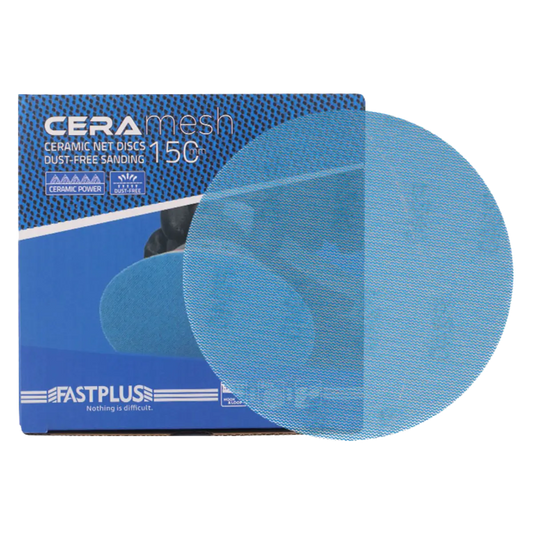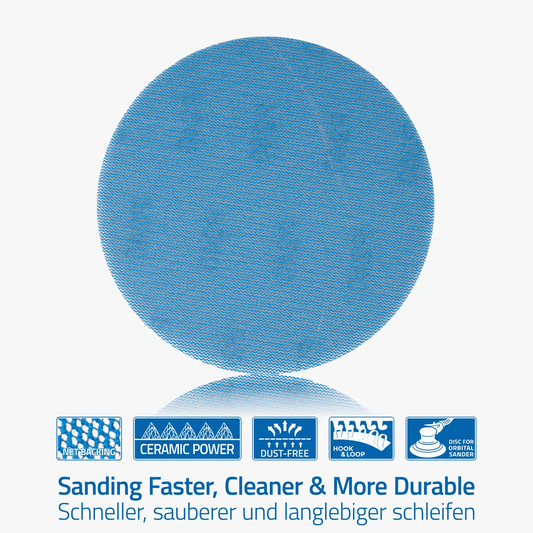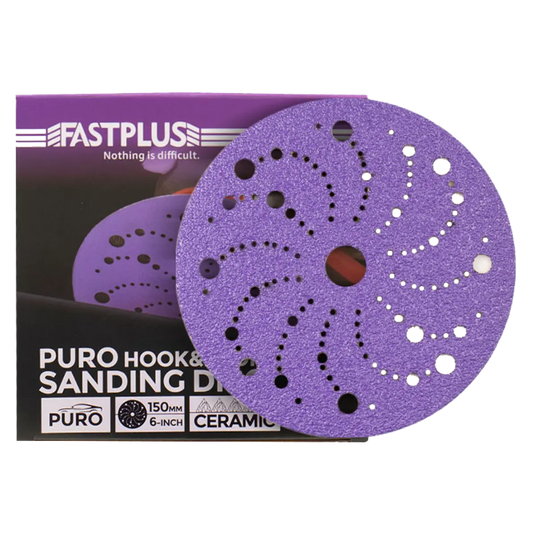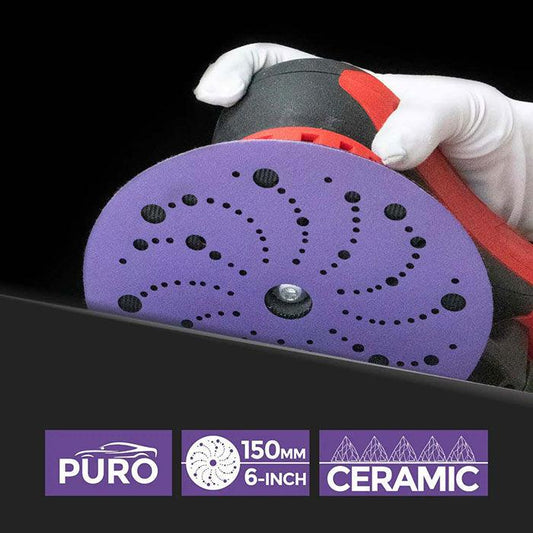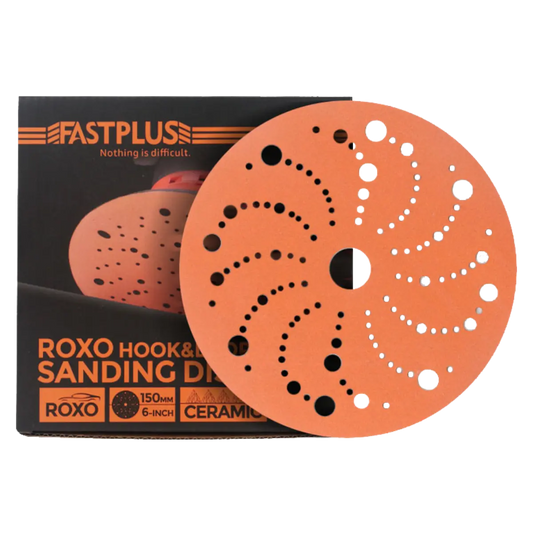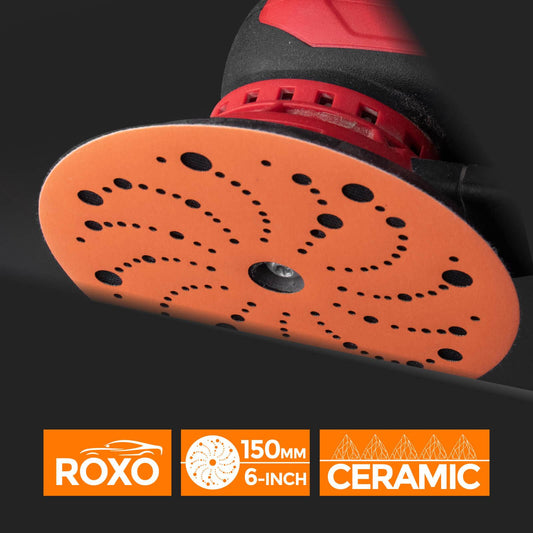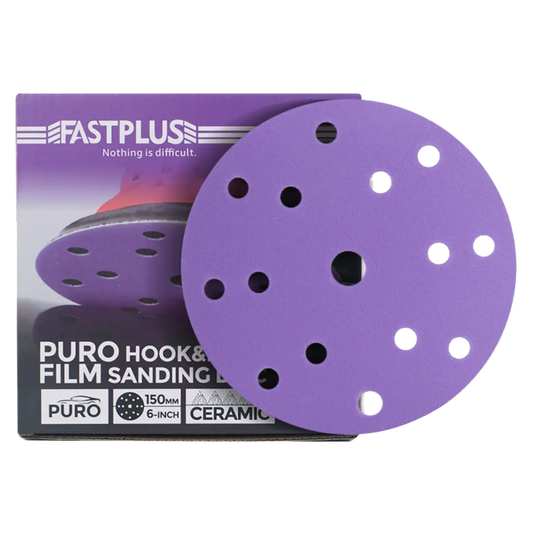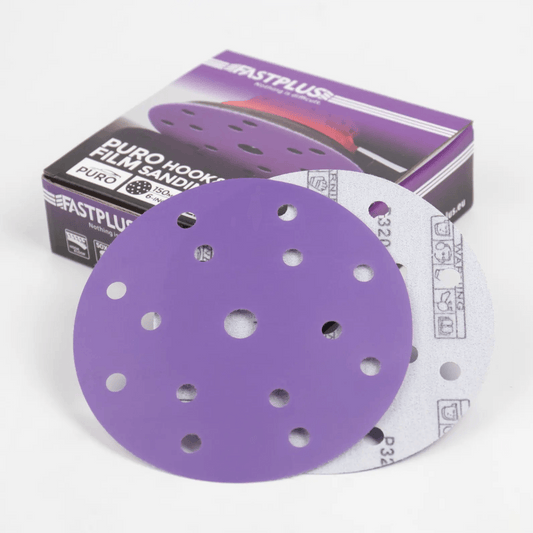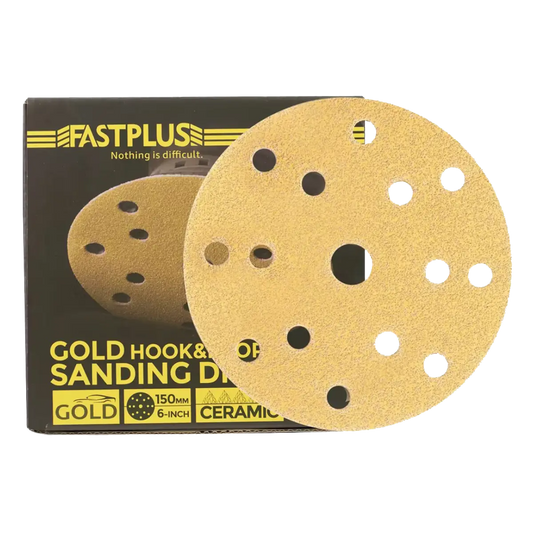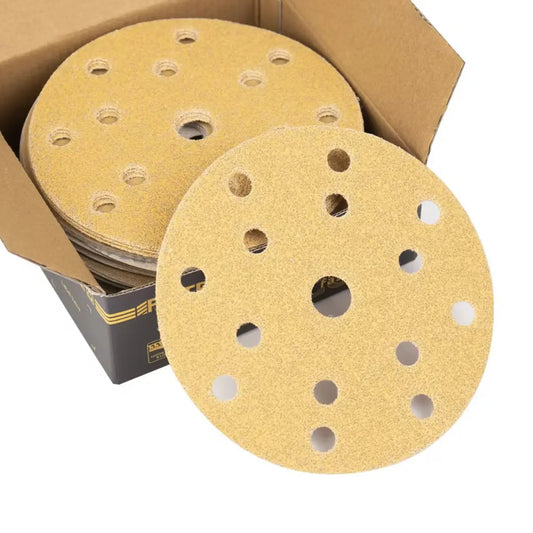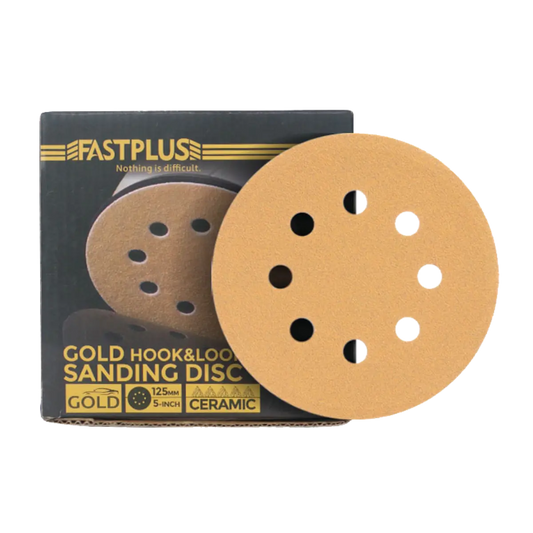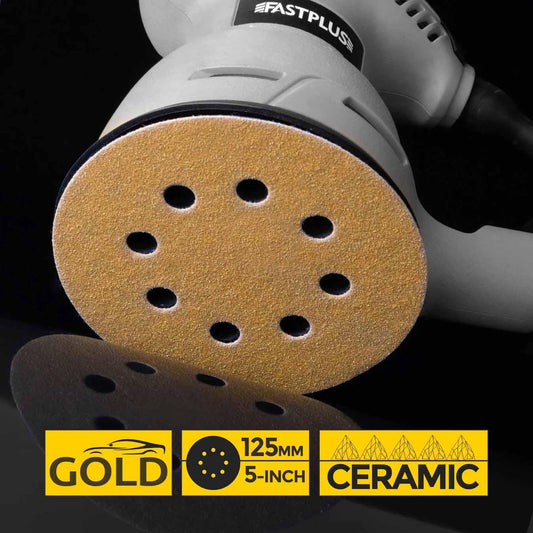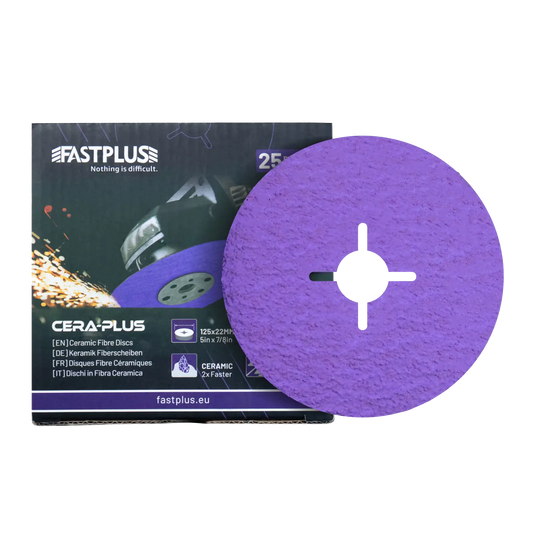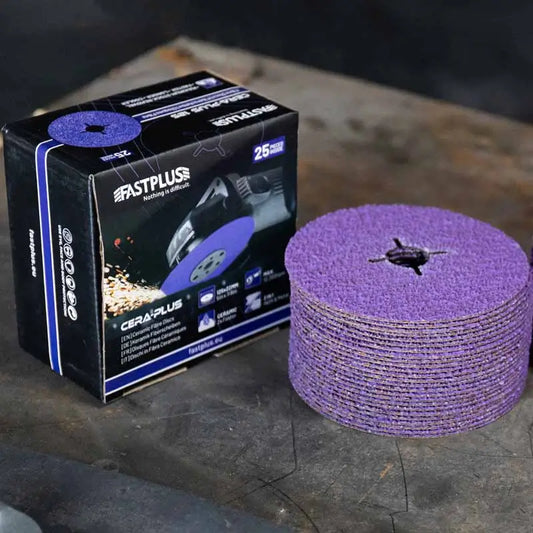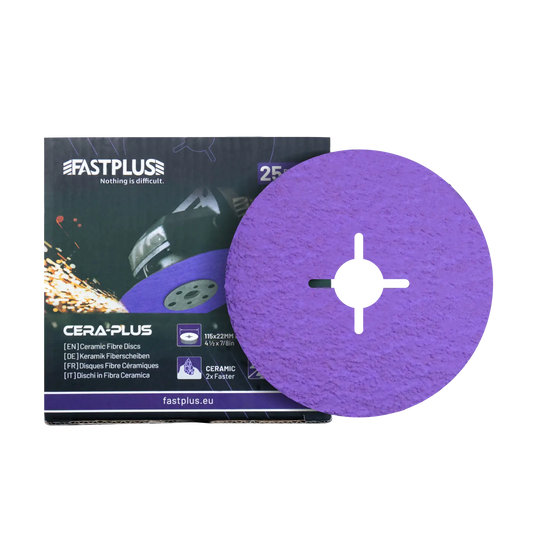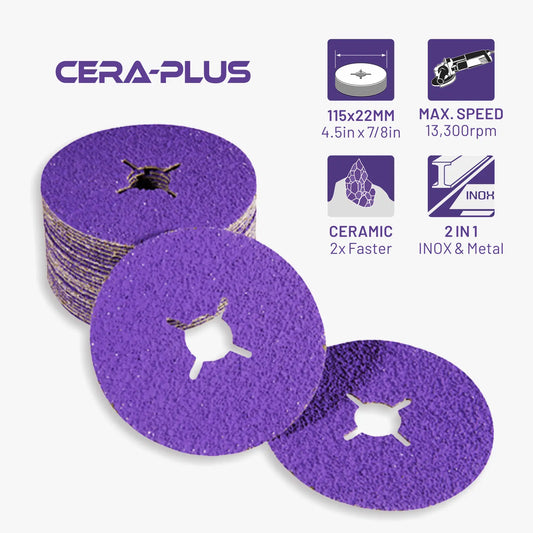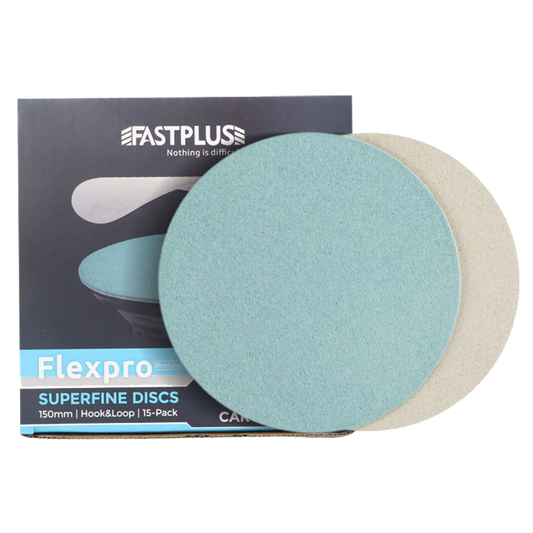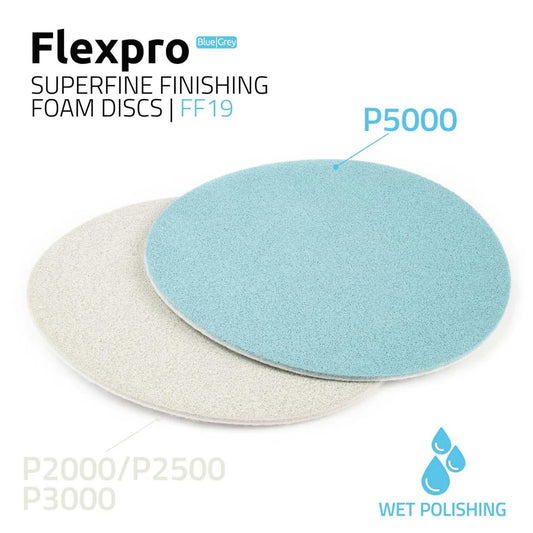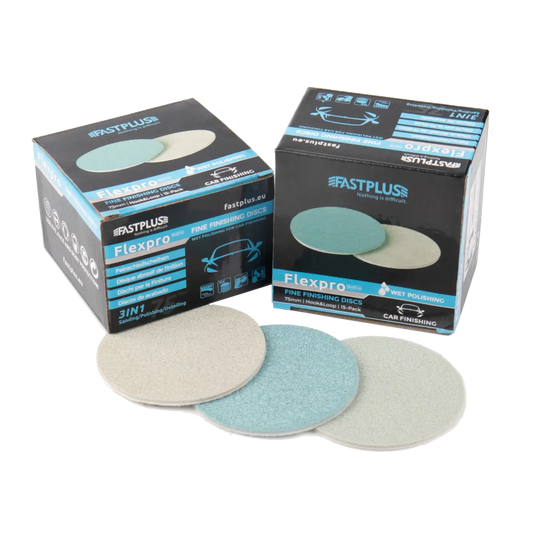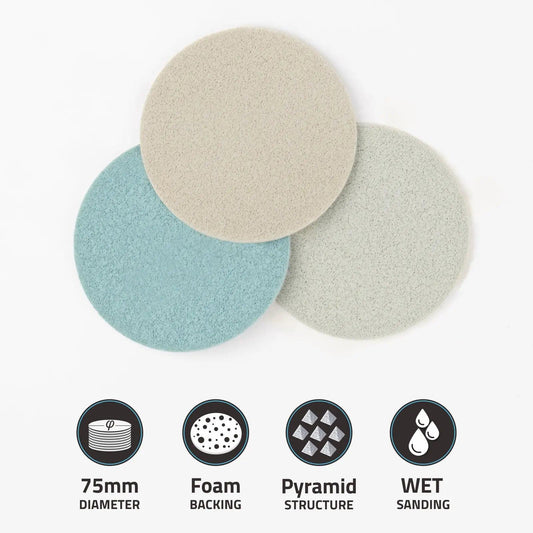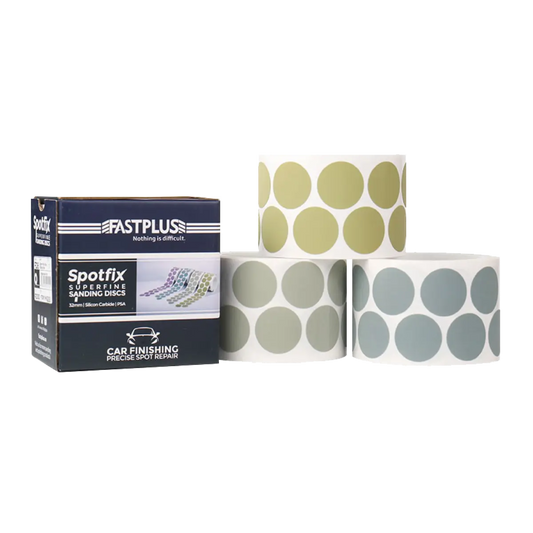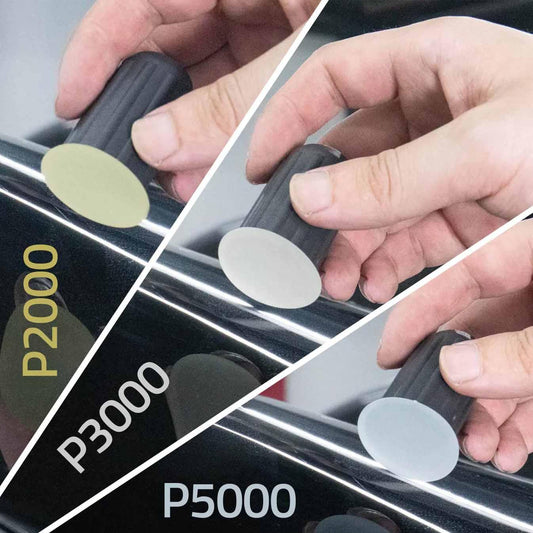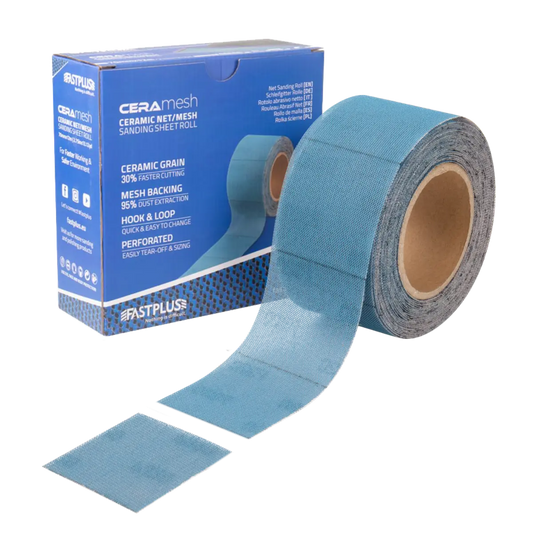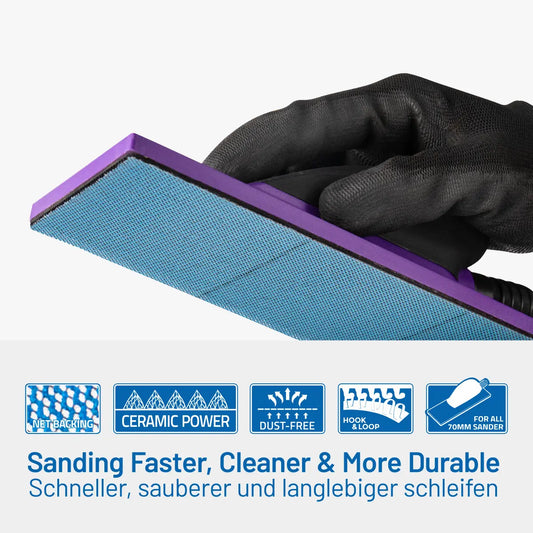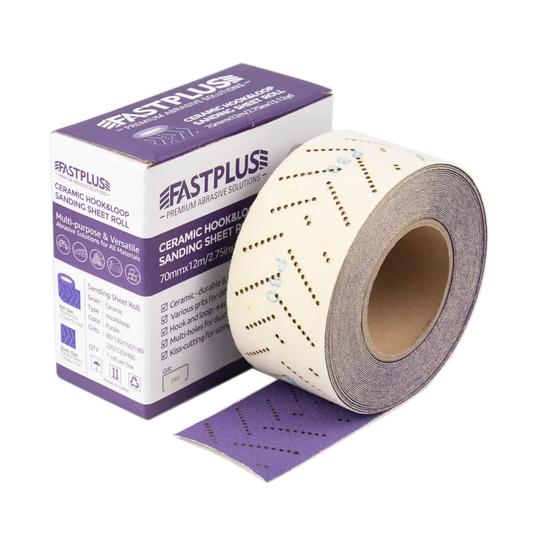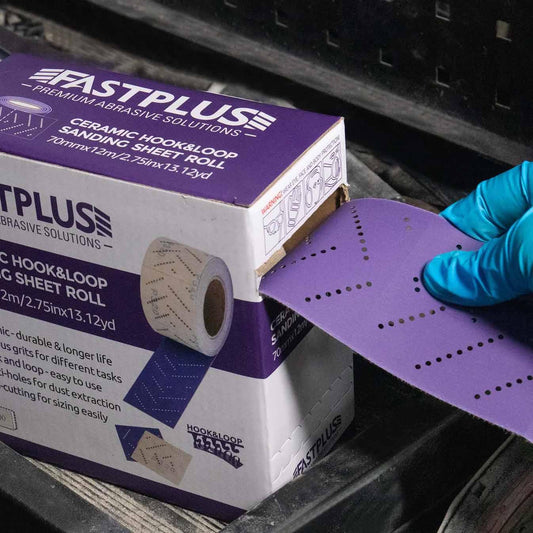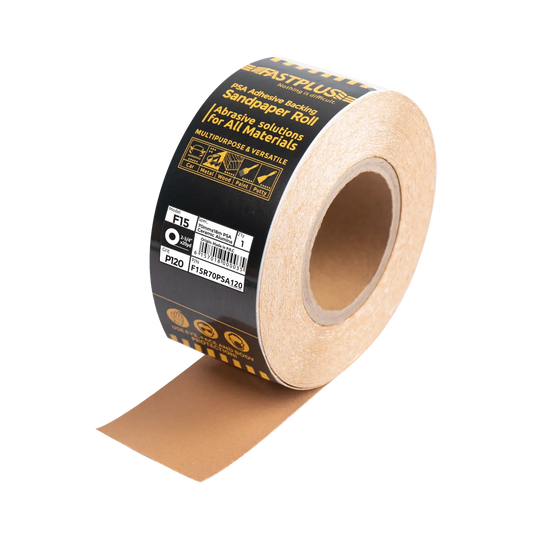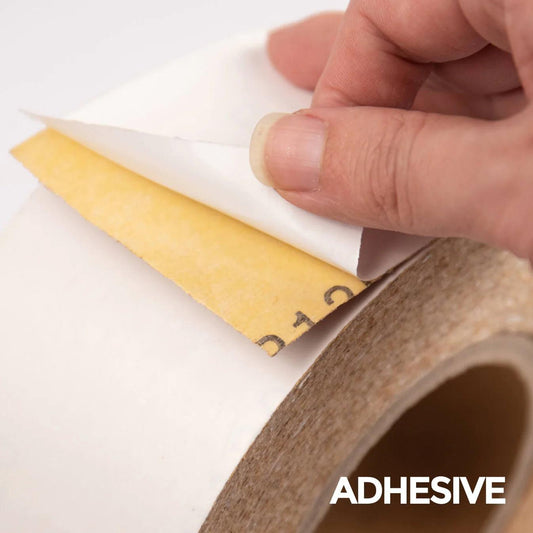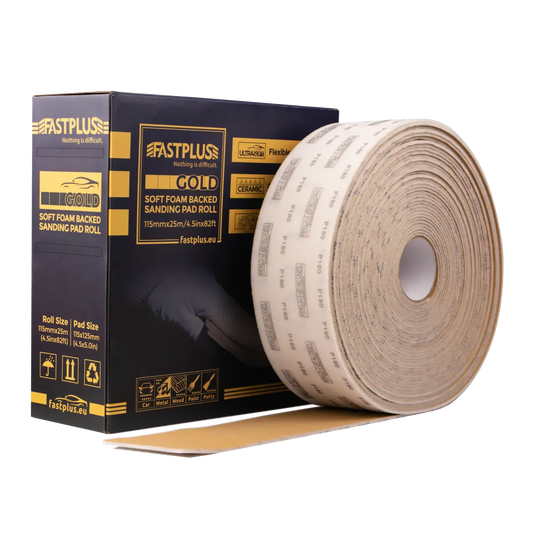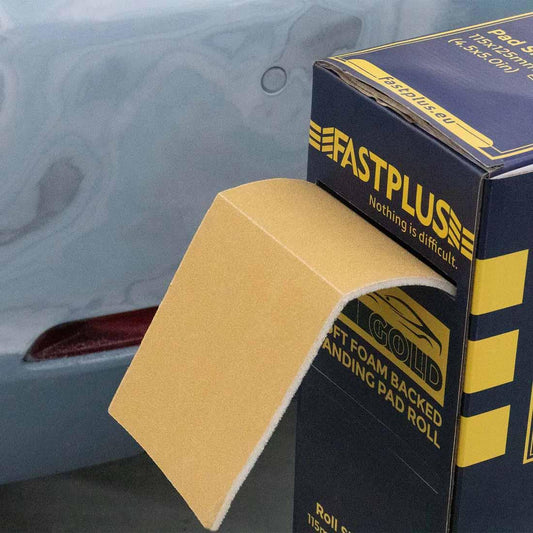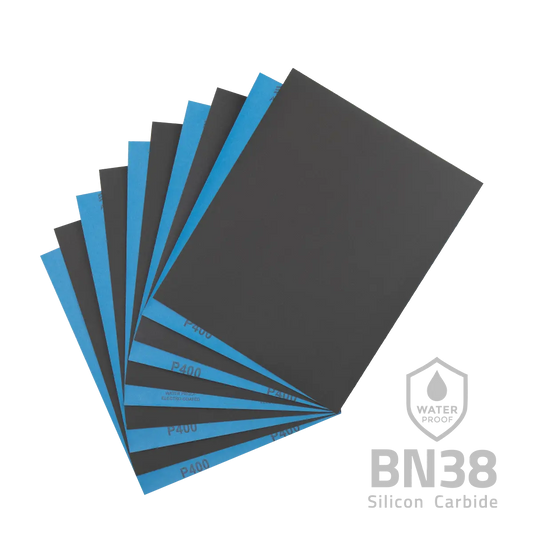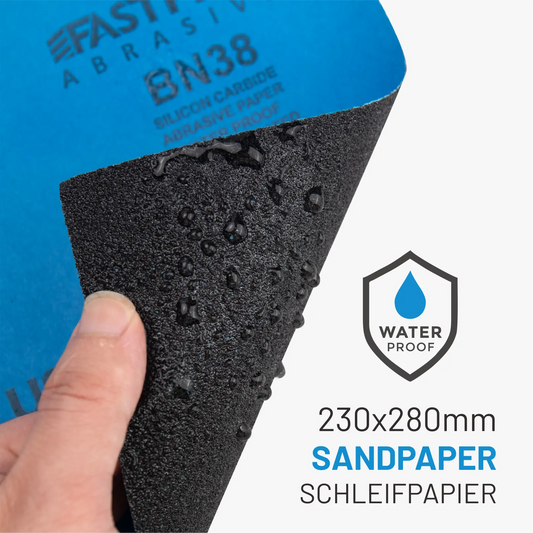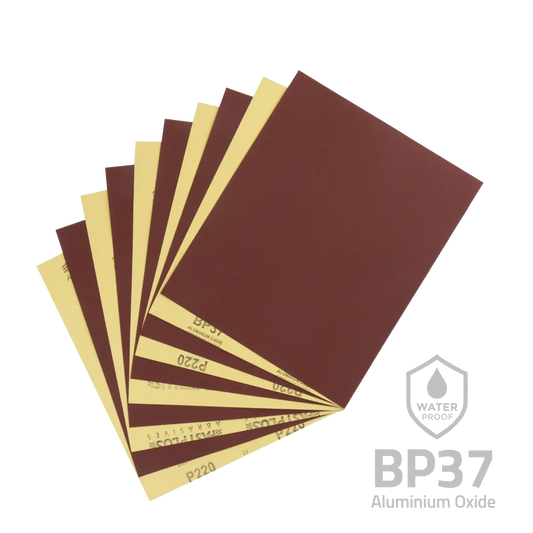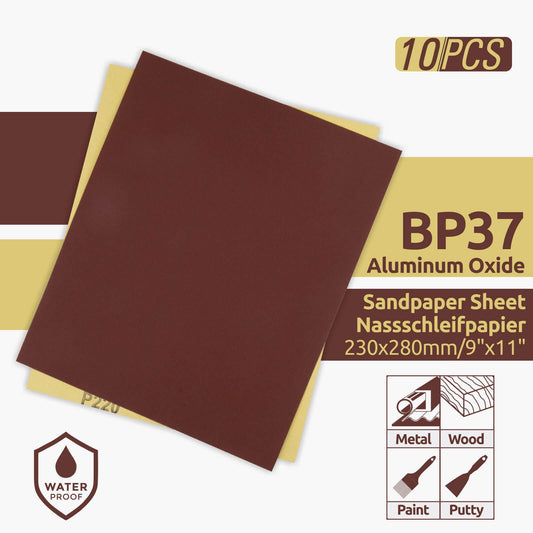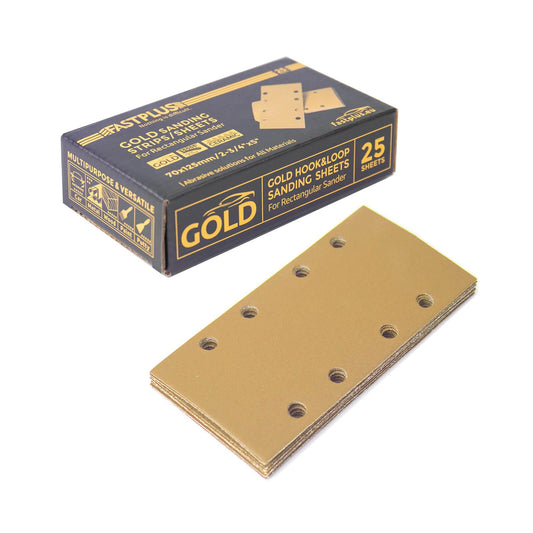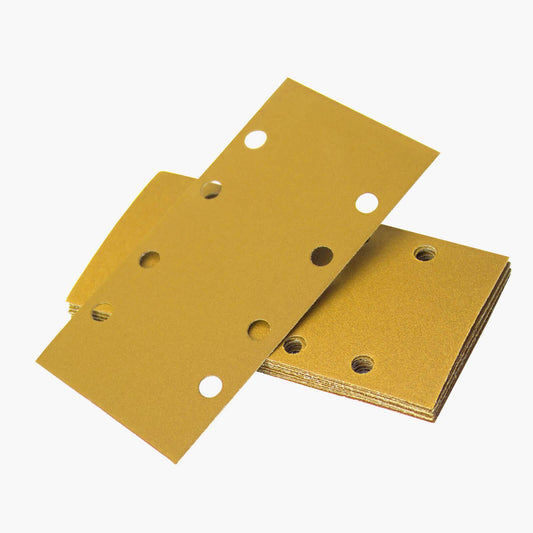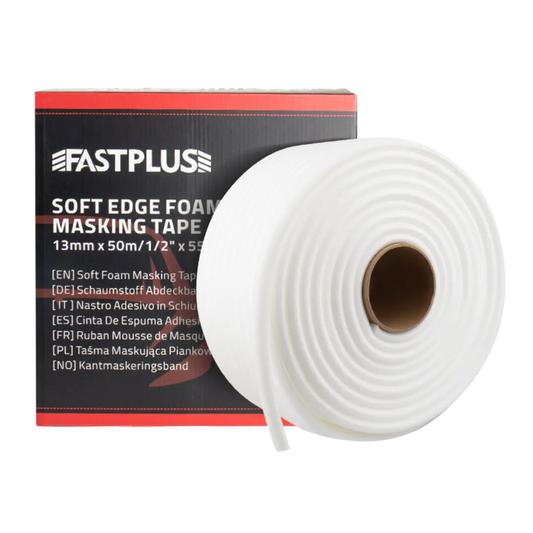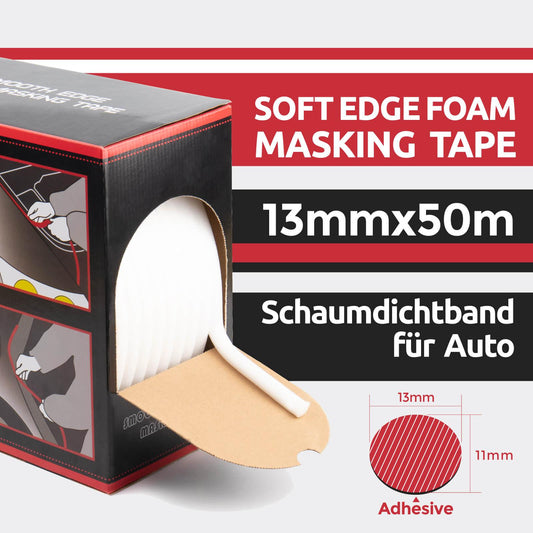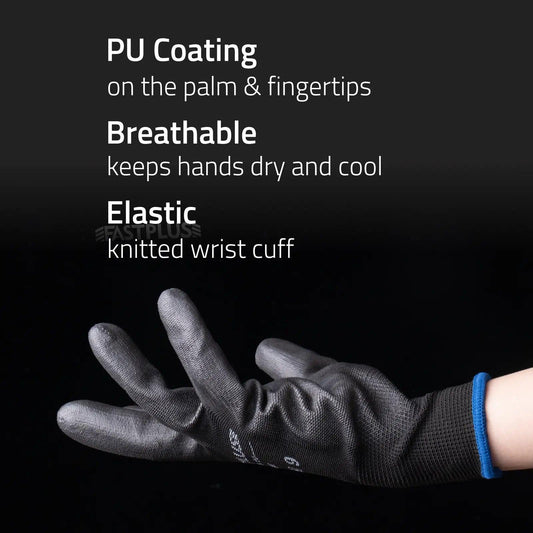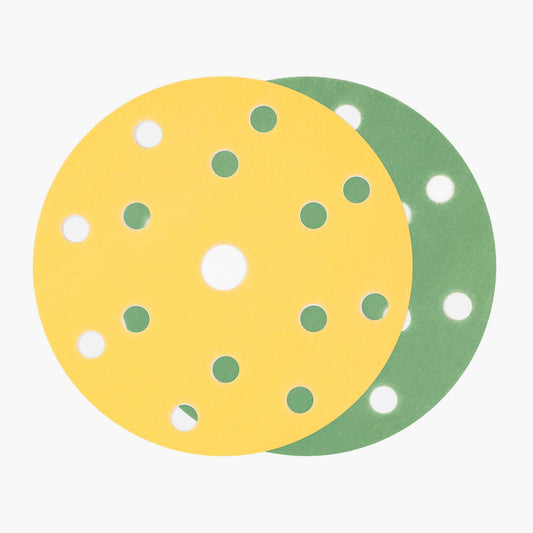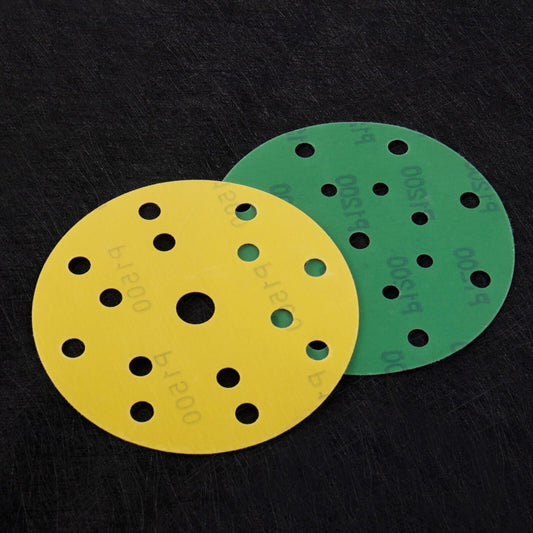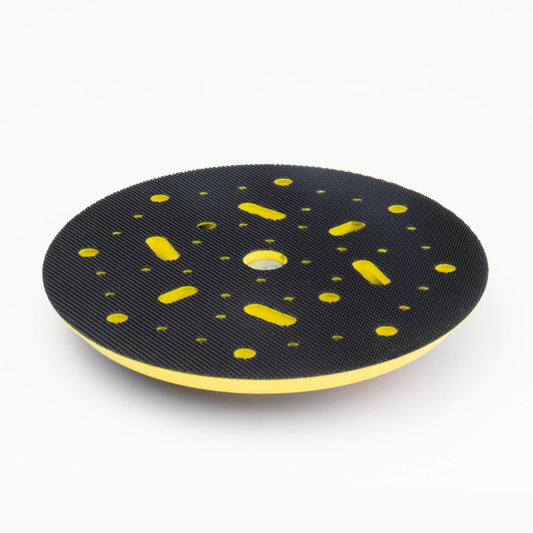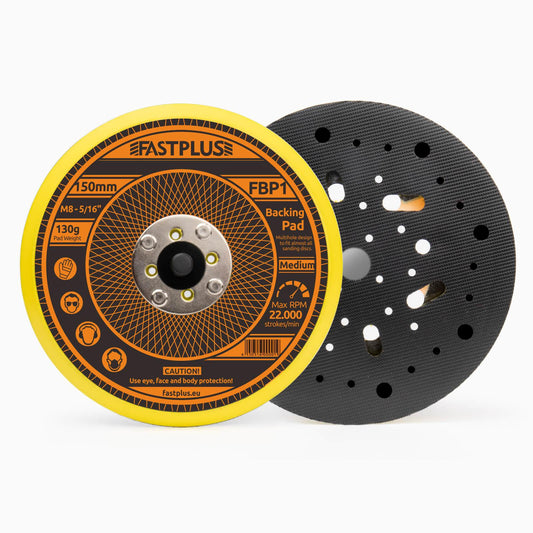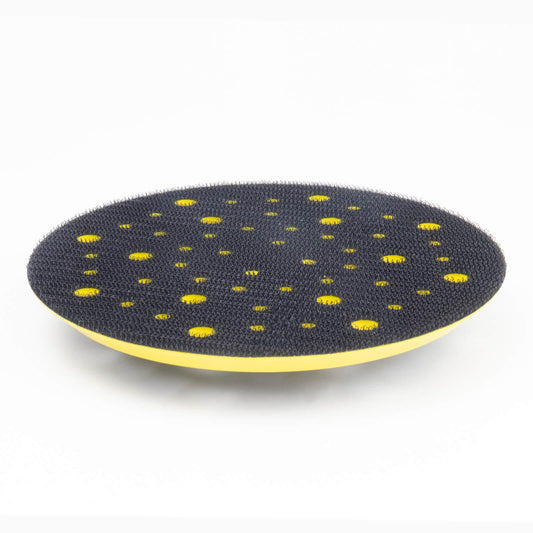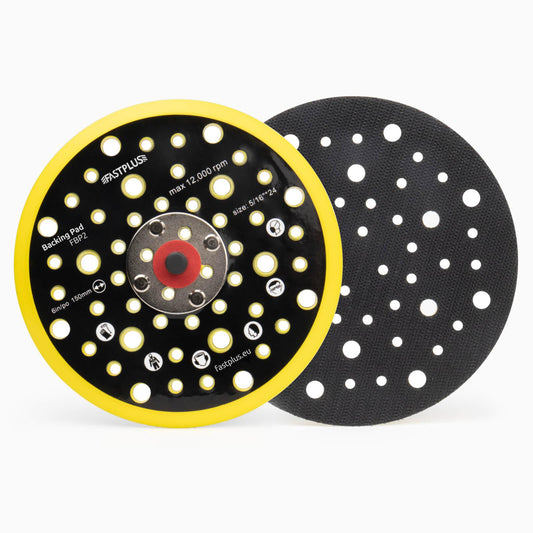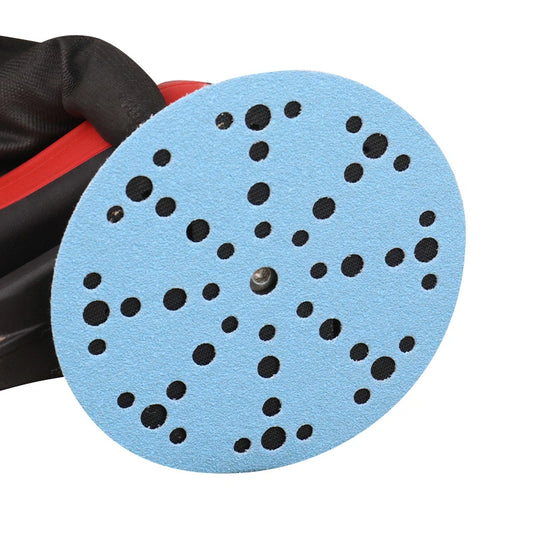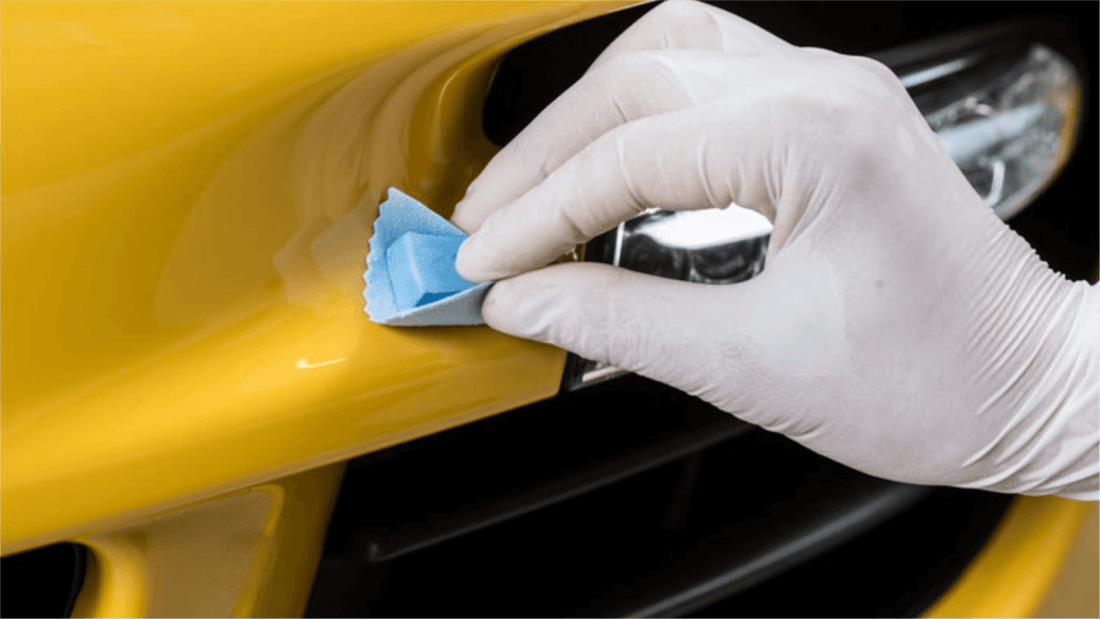
How to Select Sandpapers to Sand Car Plastic Parts Before Paint?
The car owner has to do a lot of work to fix damaged automotive parts. Before using spray paint to paint the car, they must first remove any unpolished parts from its surface, this suggests that they need some help with sandpaper.
Several Causes You Might Want to Sand Plastic
- To make plastic appear more appealing. When used regularly, plastic furniture and other items are susceptible to wear and damage similar to that of wood. To make hard plastic look better, sand it down.
- To put paint on: It's preferable to sand down plastic to give the surface a little more texture if you intend to paint it. Although plastic is naturally smooth, sanding it will improve its ability to stick to it.
- To take the paint off: You can remove paint from plastic by sanding it down without harming the plastic underneath.
Advice for not Scratching Plastic while Sanding

Plastic is a relatively brittle substance that is easily scratched. Inadequate usage of sanding paper for plastic might result in scratches. Use fine-grit sandpaper to wet sand the plastic so as not to scratch it.
Using sandpaper that has been submerged in water is known as wet sanding. It's less likely to cause scratches and is kinder to the sand substance (source: Smithsonian Institution Scholarly Press). You'll need specific sandpaper if you want to wet sand plastic.
Observe these Methods to Effectively Sand Plastic without Scratching it:
- Use a solution of detergent to clean the plastic. Use a soft cloth and 1:1 water and vinegar to clean particularly grimy plastic.
- Start wet sanding with moderately coarse sandpaper that has a grit between 180 and 600.
- With a cloth and some water, clean the plastic.
- Use sandpaper with low grain size (800–1200 grit) to smooth the plastic.
- When the plastic has been satisfactorily sanded, clean it with a damp cloth. Additionally, you could want to polish the plastic with a clear gloss.
- Although wet sandpaper works best for removing plastic, dry sandpaper can also be used. The same procedures as above should be used with dry, fine-grained sandpaper.
Here are Some Additional Pointers to Prevent Scratching the Plastic:
- Keep the sanding paper strokes random. To avoid deep scratches appearing when sanding plastic, move the sandpaper in erratic patterns.
- Employ a foam block. You will have better control over the sandpaper and be able to stop it from cutting too deeply into the plastic if you use a sanding sponge or sanding foam block.
- Sand moving in a circle. To avoid creating harsh lines, move the sponge in circular motions rather than straight.
- Refrain from drying out the sandpaper. Ensure that the sandpaper is always moist to the touch. You can spray water on it or use fresh sandpaper to prevent the plastic from being scratched if it dries out.
What Sandpaper Should You Use on a Car before Painting?
The grit of the paper is the number of abrasives that fit into a square inch of a sheet of sandpaper. Fewer abrasives will be present in the sandpaper, which will result in a coarser texture, as the number decreases. The more abrasives there are, the finer the sandpaper will be; the higher the number, the more abrasives there are.
How to select the correct grit size of sandpaper for the car? It is not advisable to use a 40 to 80 grit range of sandpaper grain for work like fixing minor clear coat scratches or other jobs of a similar kind because it is quite abrasive and may leave observable marks behind. It is advised to use it for shaping body filler and any rough sanding that needs to be done before the start of the bodywork.
For light rust removal, scratch removal, body filler edge feathering, spot putty sanding, and scratch flattening, utilize the 120 to 180 Grit range.
This grit range is much finer than the ones that came before it, ranging from 320 to 400. It can be used for sanding before primer is applied, rough sanding primer, fine sanding spot putty, and final body filler sanding. A sanding block should also be used, which is strongly advised.
Before applying paint to the region, it is best to smooth out surface imperfections in primer using this range of sandpaper grit, which spans 600 to 800 grit. It is advised to start at the lower end of the grit scale and continue up to 800 grit.
When you need to get rid of base coat flaws, this grit range will handle the work for you. The recommended grit range is 1000 to 1200. Sand the surface when it is wet if you want the best results.
If you need to remove surface blemishes and scratches both before and after applying the clear coat, use 1500 to 2000 ranges of grit. This applies to both before and after the clear coat application. You must employ the wet-sanding method to prevent sandpaper from becoming blocked.
Final Thoughts
Wet-sanding plastic will be fine if you use medium- to fine-grit the best sanding paper. Sandpaper of the highest caliber should always be kept in the toolboxes of those who frequently work with plastic.
Buy Fastplus Factory-Direct Abrasives
Want to purchase high-quality, factory-direct sanding discs, sanding sheet rolls, and film abrasive discs for automotive applications? Try Fastplus Abrasives today and place your orders online!
